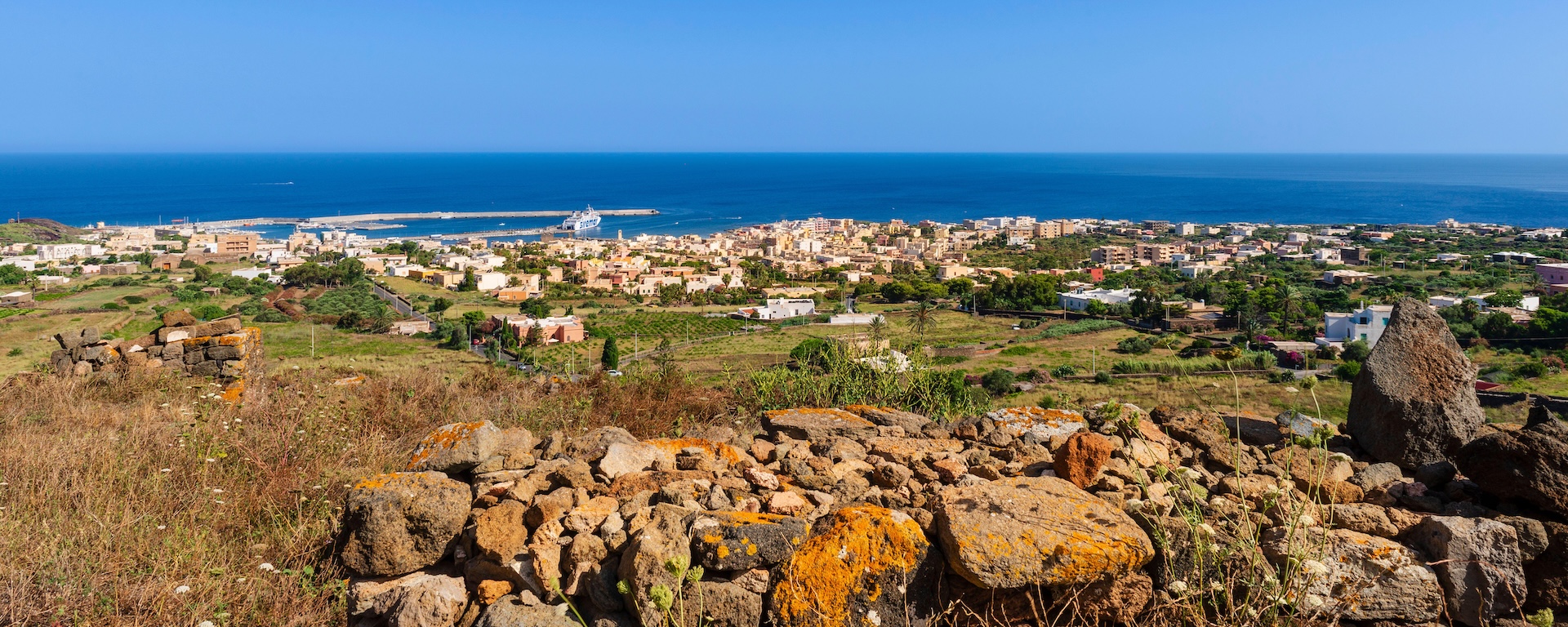
Archaeologists have discovered a trove of ancient silver coins "hidden in a hole in the wall" on a Mediterranean island near Sicily, possibly during a pirate attack more than 2,000 years ago.
The coins were minted between 94 and 74 B.C. when the region was ruled by Rome, a republic at that time, according to a Sept. 2 Facebook post by Sicily's regional government. Some of the coins portray the profile of a human head, which has not yet been identified.
Archaeologists found the ancient trove of 27 coins while excavating the Acropolis of Santa Teresa and San Marco on the island of Pantelleria, about 70 miles (110 kilometers) southwest of Sicily, in the Sicilian Strait bounded by Sicily and Tunisia.
Parts of the ruins are even older than the coins and date from the Punic or Carthaginian period, before the Punic Wars between Carthage and Rome in the third and second centuries B.C.
Related: 1,600-year-old coin discovered in Channel Islands features Roman emperor killed by invading Goths
Ancient silver
The stash was discovered by an archaeological team led by Germany's University of Tübingen, which has worked at the site for 25 years, according to a translated government statement.
Posted by regionesiciliana on
The coins had been minted in Rome and were silver "denarii", the standard Roman coin for hundreds of years, the statement said. At this time, a single denarius was equivalent to about $20 — roughly a day's pay for a soldier in the Roman legions.
Some of the coins were discovered after earth from the wall had slipped away following rainy weather, and the rest were found under a boulder. The hoard was probably hidden during one of the frequent pirate attacks at this time, University of Tübingen archaeologist Thomas Schäfer said in the statement.
Pirates infested the eastern Mediterranean Sea and often raided coastal settlements until their defeat in 67 B.C. in a campaign waged by the Roman general Gnaeus Pompeius Magnus — Pompey the Great — who had risen to prominence as a henchman of the dictator Sulla.

Roman ruins
The trove of Roman coins was found near the location of the heads of three Roman statues that had been discovered at the site a few years earlier, the statement reported.
The marble heads portrayed Julius Caesar; the Roman emperor Titus, who ruled from A.D. 79 to 81; and a woman who may have been either Agrippina the Elder (lived from 14 B.C. to A.D. 33), a granddaughter of Augustus, the first emperor of the Roman Empire, or Antonia the Younger (lived from 36 B.C. to A.D. 37), a daughter of Mark Antony.
Schäfer said the Acropolis site on the island — called Cossyra or Cossura by the Romans — was untouched by looters. It included a "comitium," or place of assembly, for the region's "decurions" — a name given to the elected representatives of a region, and also to Roman cavalry officers.
Only five such comitia had been discovered in all of Italy, and this one was in the best condition, he said.







